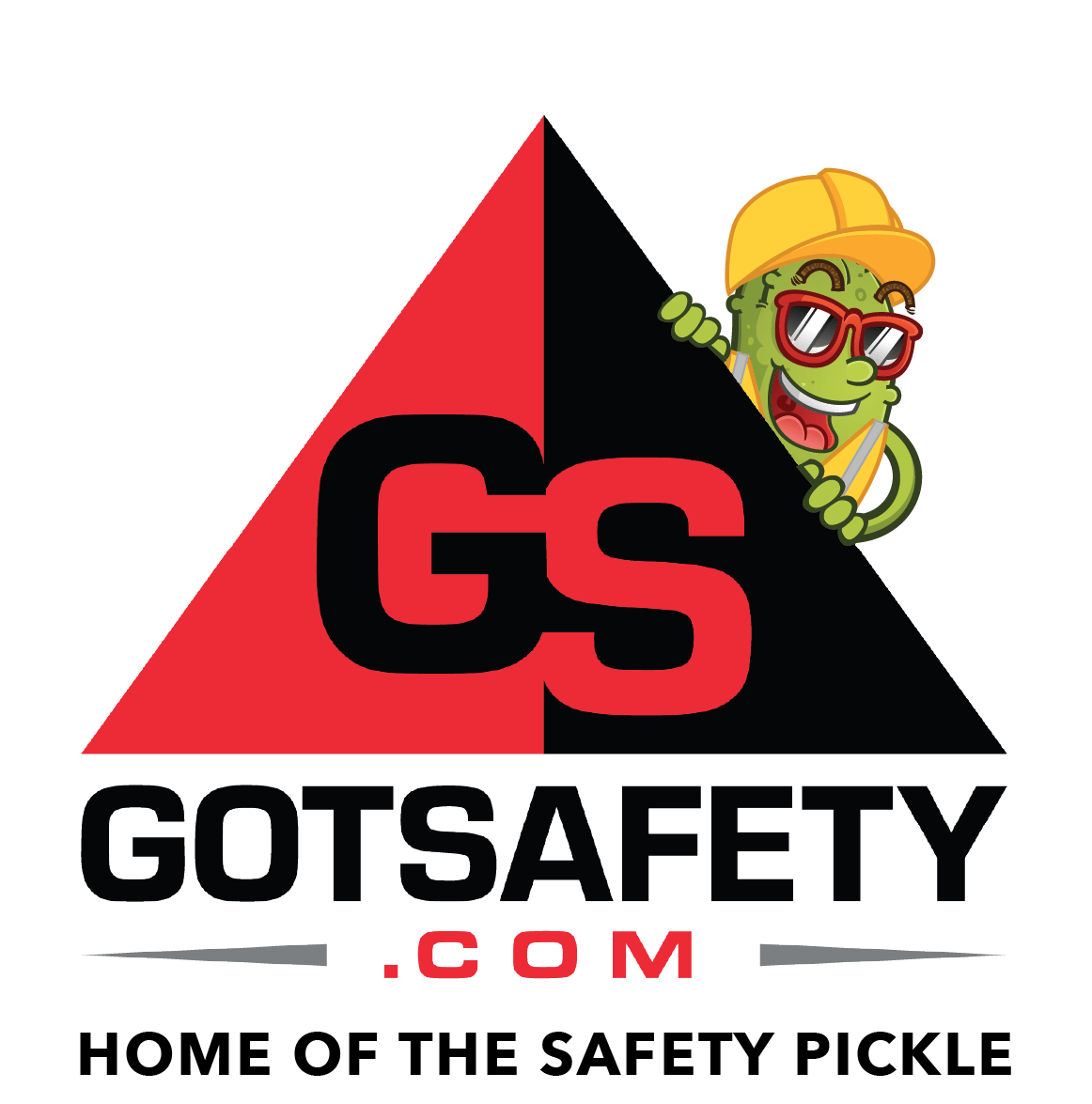Hazard communications and GHS Labels
[acvta custom_title=”Video Vault – HAZCOM GHS LABELS” tag_format=”%vid_title% (%watched_time%) %vid_percentage%” video_type=”youtube” video_id=”MqVzxGB0x3A” video_perc=”0,25,50,75,100,35,45,65,85,95″ video_width=”640″ video_height=”360″ event_name=”Watched Video” align=”left” autoplay=”0″ nopause=”0″ add_contact=”0″ hd=”1″ rel=”0″ showinfo=”0″ controls=”1″ email=”{Wordpress_email}”]
introduction
Understanding chemical labels is vital to working safely with or around chemical substances. Under
the Hazard Communication standard, all chemical substance labels must align with the Globally
Harmonized System of Classification and Labeling of Chemicals (GHS). It is important for
employees to know what goes into a GHS label to promote a safe work environment.

ghs label elements
There are six key elements to a GHS label:
1) Signal word(s)
The signal word indicates hazard
level. “Danger” is used for the most
severe instances, while “Warning” is
less severe.
2) Pictogram(s)
These pictograms are used to identify
hazardous products and are
commonly grouped by
chemical/physical risk, health risk and
environmental risk.
3) Manufacturer information
This identifies the manufacturer’s
company name, address and
telephone number.
4) Precautionary statements/ first aid.
These are phrases that are tied to each hazard
statement. They describe general preventative,
response, storage or disposal precautions. These
statements are found on the chemical’s Safety
Data Sheet. Similar to Hazard Statements,
Precautionary Statements can be identified by a
P-Code (like P100).
5) Hazard Statement(s)
These are phrases that describe the nature of
hazardous products and the degree of hazard.
Hazard statements are on the chemical’s Safety
Data Sheet (SDS) and identified by an H-Code
(like H100).
6) The product identifier or name.
This identifies the product or chemical name.
primary container labeling
Primary chemical containers are the bags,
barrels, bottles, boxes, cans, cylinders and
drums that you receive from the manufacturer.
These containers should be labeled following the
GHS mandates per the GHS label example
above and include all six labeling elements.
When a label is on a container directly from a
supplier, this label cannot be removed, altered or
defaced. If it needs to be replaced, the new label
must contain the same information as the
original.

secondary container labeling
Secondary containers are usually smaller than primary containers and could include spray bottles, jugs, or jars. These containers usually hold chemicals that are transferred from a primary container. Secondary containers must comply with GHS labeling requirements.
safe work practices
- DO NOT handle chemicals or containers if there
is no label. - DO NOT handle containers if you do not understand how to read labels.
- Make sure every chemical substance container is labeled.
- Make sure labels are up to date and are presented in the GHS format, which includes:
o Signal word(s).
o Pictogram(s).
o Manufacturer information
o Precautionary statements/ first aid.
o Hazard Statement(s)
o The product identifier or name. - Abide by label statements and use the appropriate precautionary actions, such as use of PPE.
- Do not remove, alter, or deface labels.
- Inform supervisor if there is no label for a chemical substance or if the label is defective.
CONCLUSION
It is important that workers understand and identify various chemicals throughout the workplace and
know how to work with them safely. Not only does this eliminate accidents, but also gives workers a
greater sense of confidence and peace of mind while working.

